True or False:
If your child qualifies for PT, OT, and/or SLP direct services in a school-based setting, he/she/they should qualify for outpatient services.
If your child qualifies for PT, OT, and/or SLP services in an outpatient setting, he/she/they should qualify for school-based services.
Did you answer “true” to any of these questions?…or did you answer “false”? Well, the honest answer that all therapists love to use is “it depends”. Let’s look at some examples:
- “My daughter has been getting outpatient OT, but her school is saying that she has met her IEP goals and doesn’t qualify for it at school anymore.”
- “I’m really concerned about my son’s communication skills, so why is the school saying he can’t receive speech at school?”
Do these concerns sound familiar? Thankfully, there are a handful of therapists at FTC that have experience working in schools. This is a common point of discussion with parents that comes up around this time of the year. Before we get into the details, a main point to understand is this: the criteria used to determine a child’s qualification for services differs in each setting. Each setting (e.g. school, early intervention, and outpatient) follows its own specific model of service. In this post, we will highlight the differences between the medical model and educational model. We understand the confusion that comes with navigating the service options that best fit your child’s needs, so we hope to provide some insight and clarification regarding how the need for therapies is determined, as well as how the interventions and goals are utilized specifically in each setting.
ELIGIBILITY
The first main difference between services provided under the medical model and educational model is the process of determining a child’s eligibility
What do related services include? Well, to name a few…
- Speech-Language Pathology and Audiology
- Interpreting Services
- Psychological Services
- Occupational Therapy
- Physical Therapy
- Counseling Services, including Rehabilitation Counseling
- School Health Services and School Nurse Services
- Social Work Services
- Parent Counseling and Training
Once the IEP team agrees on the goals/objectives for the student, they then determine whether the clinical expertise of a specific domain, such as OT, PT, or SLT, is required for the student to be able to access, participate, and progress within the learning environment. Questions to consider are:
- Does the challenge significantly interfere with the student’s ability to participate in the curriculum?
- Does the challenge in an identified area appear to be caused by limitations in a motor, sensory, or communication area?
- Can the educational team manage the student’s deficit areas without the expertise of an occupational, physical, or speech-language therapist?
- Can the student’s deficit areas be managed through classroom modifications or accommodations?
Though it may seem like a given, the need for related services must be based on the individual needs of the child. It’s important for parents to know that when a school district says that a child does not “qualify” for services, it does not mean that child would not benefit from services, nor does it mean that they will not qualify in the future. This simply means that the child is not demonstrating a present educational need that is necessary to be provided by the school. In this case, seeking an outpatient evaluation for services could be the next step to take.
INTERVENTIONS & GOALS
Sometimes, the frequency or intensity of services received at school through the educational model will not meet all of the child’s needs and vice versa. This is why it is common for children to receive therapies both in school and in outpatient settings. Although the involved therapists are working with the same child, there are slight but significant nuances in their approaches, focus of interventions, and goals utilized. For example:
| Therapy Examples | Educational Model | Medical Model |
| PT: Gait Training |
|
|
| OT: Written Communication |
|
|
| ST: Vocabulary/ Expressive Language |
|
|
| Changes in Physical Status |
|
|
There is a lot to think about when it comes to comparing and contrasting the different types of services available and understanding what would be appropriate for your child’s needs. While it can be difficult to process why your child does not qualify for services in an educational environment, know that you always have options. You are always entitled to ask questions, and you can always seek support wherever you, as a parent, see fit. Communication within and/or between teams is key to ensure that your child’s best interest is always kept at the forefront. We hope that this provides a little bit of insight into the processes and models utilized in each setting, but if you have any questions or concerns you’d like to discuss in further detail, we at FTC would be happy to assist and provide support in any way that we can.
Written By:
Elise Fineza, PT, DPT
Lauren Sroczynski, MS/OTR-L
Natalia Callejas, MS/CCC-SLP
References:
http://tacanow.org/wp-content/uploads/2011/03/medical-vs-educational-model.pdf
Campbell’s Physical Therapy for Children (2017 edition)

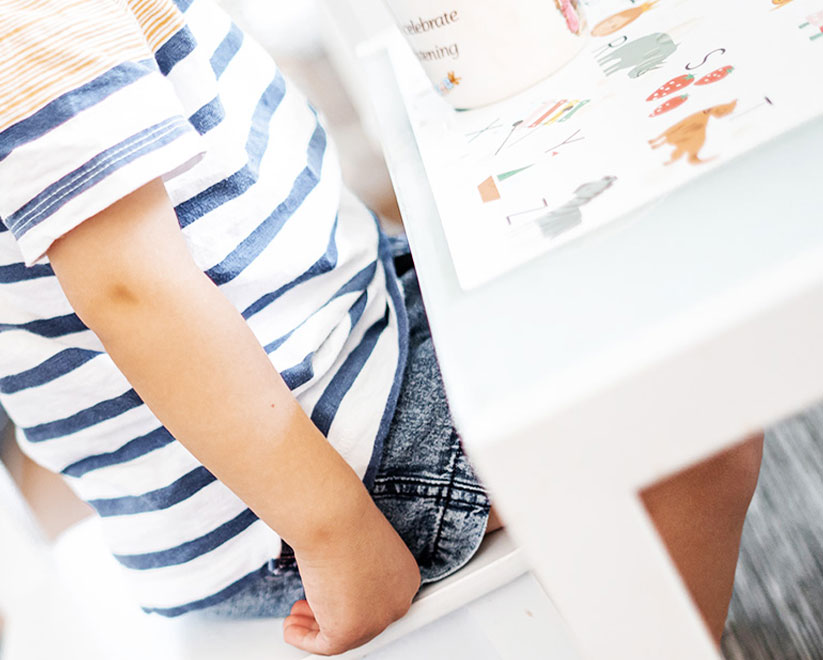
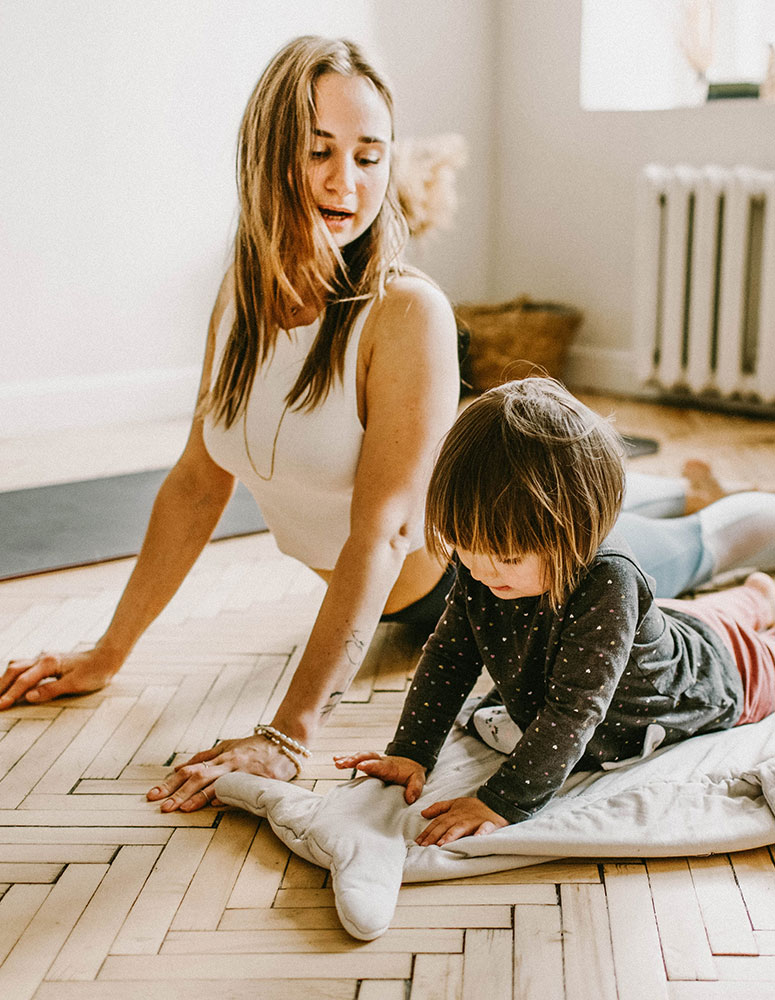







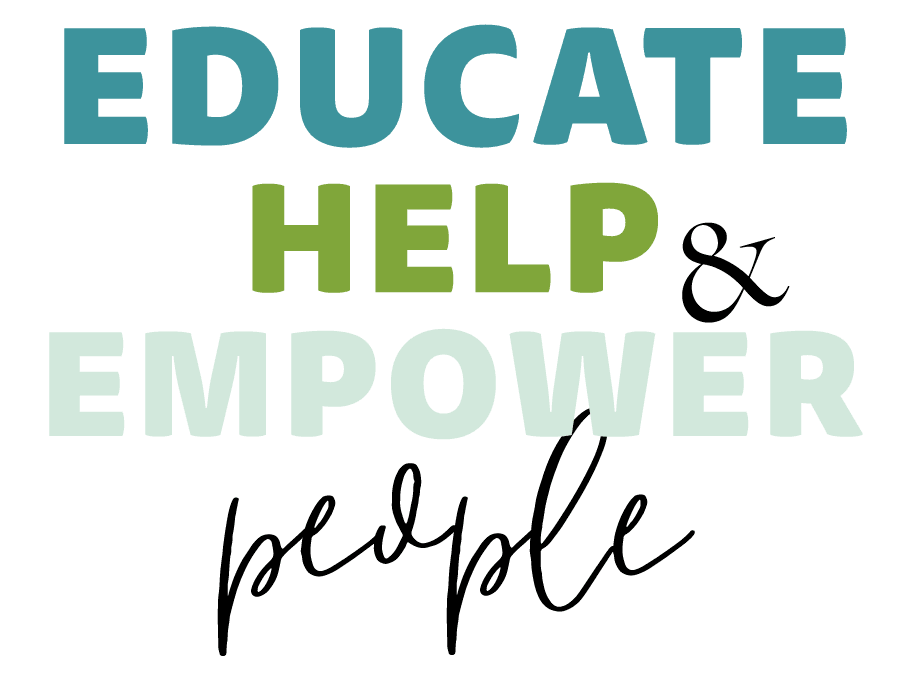

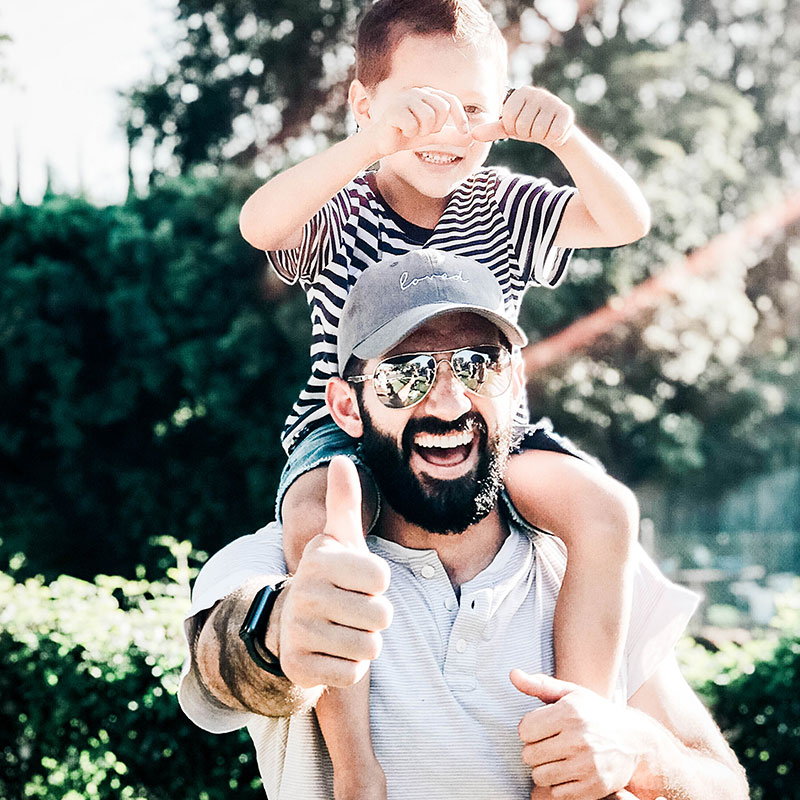


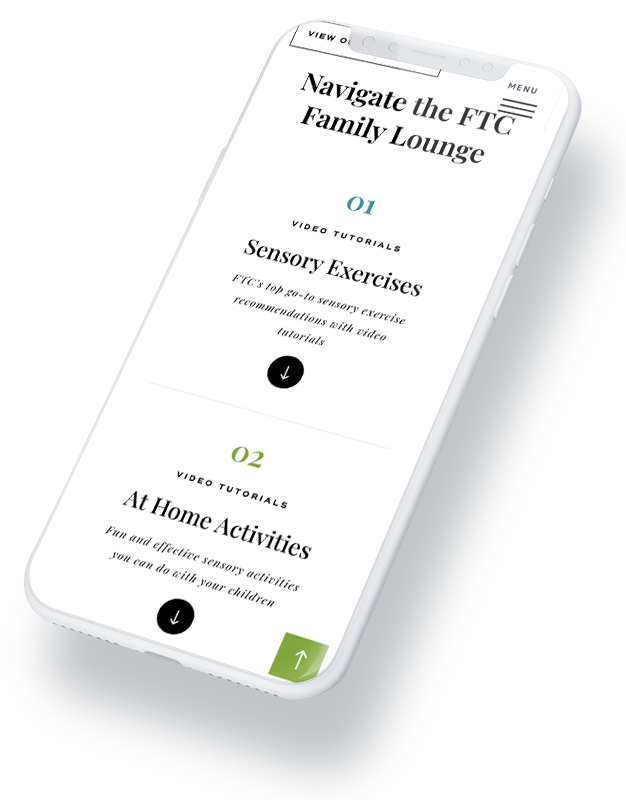



Comments
0 Comments